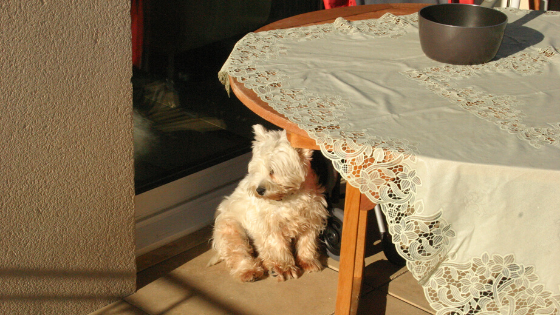The Passion of Christ
These days the media seems to besiege us with headlines about the next terrible plague. Whether it’s the latest Covid variant or a new, horrible pox, it’s challenging not to become anxious. We shudder, and continue to pray that we and our families will be spared.
Imagine living in the seventeenth century Alps. Already ravaged by the Thirty Years’ War, Bavarian villagers learn that the Black Plague has come to town, in the person of a foreign peddler. They know that this frightening new disease has killed entire populations throughout the region. What will they do?
In 1633, the citizens of the Catholic village of Oberammergau, Germany, made a communal promise to God. If he saw fit to spare their town, if no one in the village died of the plague over the next twelve months, they would perform a play about the passion of Christ every tenth year, in perpetuity.
The first Oberammergau Passion Play to fulfill that offering was staged in 1634. Their promise has been faithfully kept for almost 400 years. (For more information, visit www.passionsspiele-oberammergau.de/en/home.)
Both the script and the methods of performance have evolved over the centuries. But even today, the play is still performed in its historical style of tableau. It is presented in two parts, each two-and-a-half hours long, with a break for dinner in between.
Every actor must have been born in the village, and nearly every native citizen is included somewhere in the ensemble of players.
In 2019, I watched a video of the casting ceremony for the 2020, now 2022, performances.
With an altar server carrying the crucifix before him, the parish pastor processed out of his church into the village square. The entire platz was filled with townspeople. Gathered to hear him announce the names of the persons chosen to portray the most illustrious characters, they maintained absolute silence.
The priest stopped next to the village school teacher; a young woman attired in an impeccably-pressed shirtwaist dress. She was poised at a large blackboard, already prepared with the names of the major characters, to write the names. An alternate was also chosen for each role, in order to sustain the lengthy performance season, five days a week from May to October.
As the teacher carefully inscribed each name in exquisite handwriting, no cheers or congratulations marred the solemnity of the occasion. Only a few murmurs of satisfaction, or mild disappointment, could be heard on the film.
I’m still hoping and praying to attend the 2022 Passion Play this September.
In 2018, when my travel companion and I first began to consider our mutual bucket list trip, we were both in perfect health. Then the originally scheduled 2020 event was postponed to 2022 because of the world-wide Covid-19 pandemic.
Recently, just as our long-awaited dreams seemed about to become reality, my travel companion sustained injuries in a bicycle accident. The same week in July, I sprained an ankle.
As I walked down the hall of my apartment building a couple of nights ago, I ran into a friend who is over ninety years old. She was working out a pain in her hip at the same time I was exercising my sprained ankle.
She said, “I’ll give you my Oberammergau jacket.”
I looked at her tiny frame, then at my own considerably more substantial one, and said, “Thank you so much. But I don’t think it will fit me.”
She told me that she had attended the Oberammergau Passion Play in her younger years. After we conversed with awe about the endurance of this Bavarian tradition, she shared a parting thought about her own pilgrimage.
“I always think of that time as a special privilege.”
Both of my friends regularly take advantage of the opportunities offered to us all as Catholics, to attend mass and to be active serving neighbors in urban villages that can operate like small towns.
As I reflected on her words, I heard a message from the Holy Spirit.
At every mass, in every liturgical season, we have motivation to gather as a living community, just as the townspeople do in alpine villages like Oberammergau. We have daily chances to meditate on the passion of Christ at every mass.
It’s because the people of Oberammergau do these things that they have been able to keep a four-century-old promise, generation after generation.
It really doesn’t matter if health challenges, personal finances, family responsibilities, or the world situation allow us to travel to Jerusalem or Oberammergau – or not.
Christ’s loving offering of his passion for our salvation is eternal.
He comes to us every day, on every altar, wherever and whenever the eucharist is celebrated.
How blessed we are, indeed, by that special privilege.
Copyright 2022 by Margaret Zacharias








